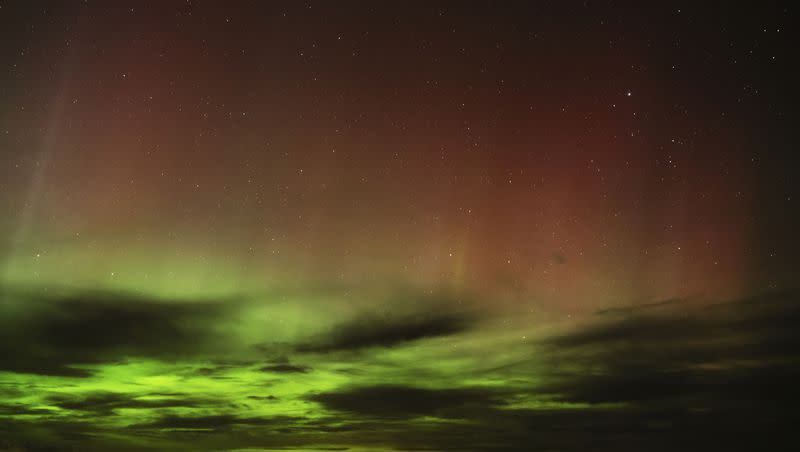Solar storm could make northern lights visible in 17 states this week

People in 17 states across the United States will have the rare opportunity this week to witness the northern lights.
A strong solar storm Thursday is forecast to make the aurora visible further south than where the colorful lights, also known as aurora borealis, are typically visible.
Auroras typically occur at the Earth’s southern and northern poles. However, “space weather interacting with Earth can cause auroras to extend even further away from the poles,” according to NASA.
Which states are expected to see the northern lights?
Here is a list of the 17 states where the aurora will be visible on Thursday, according to a forecast from the University of Alaska at Fairbanks’ Geophysical Institute:
Alaska.
Oregon.
Washington.
Idaho.
Indiana.
Maine.
Maryland.
Michigan.
Minnesota.
Montana.
New Hampshire.
New York.
North Dakota.
South Dakota.
Vermont.
Wisconsin.
Wyoming.
The Geophysical Institute notes, however, that visibility will depend on how dark and clear the skies are:
“Sunlight and clouds are the biggest obstacles to auroral observations.”
Tips for viewing the northern lights
The Space Weather Prediction Center suggests getting as far away from city lights as possible for the best chance of seeing the aurora.
The best times to see the aurora are between 10 p.m. and 2 a.m., per the center.

